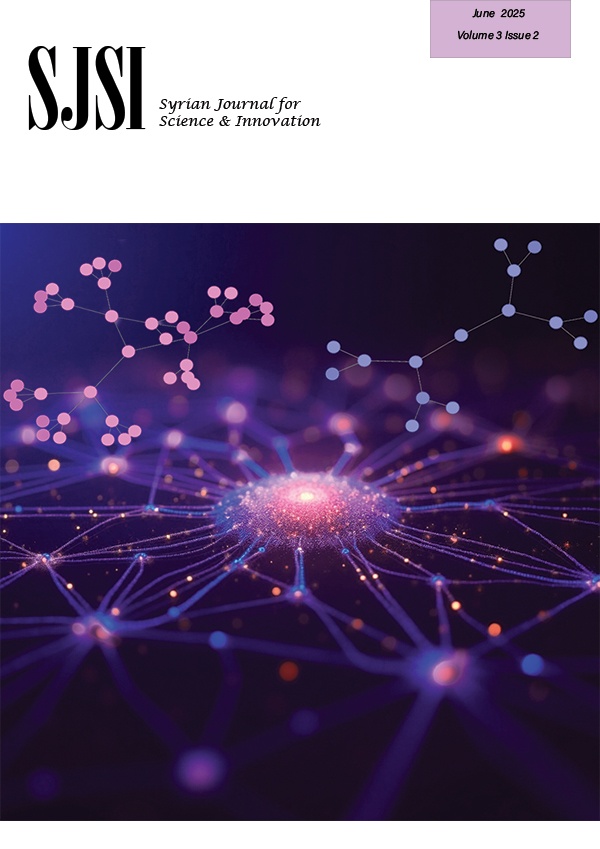Estimating the heart rate reference value using an expert fuzzy system and the corrected QT interval in the ECG signal [Arabic]
2024-06-15 | volume 2 Special Issue - HiTech Conference - Volume 2 | Research Articles | Oulfat Jolaha | Ahmed EissaAbstract
|
Heart disease is the leading cause of death around the world. Heart rhythm disturbances or arrhythmias are among the most important heart diseases that have begun to increase recently. The heart system is returned to normal through an electrical device called a pacemaker. This research proposes a new method for determining the reference value of the pacemaker based on an expert fuzzy system that relies in determining the heart rate on a novel method, which is reading the ECG signal and extracting the length of the QT interval and standardizing it with the aim of including mental stress in addition to physical stress in the knowledge bases of the expert system. The data was obtained from the physio net database. QT interval extraction depends on processing the ECG signal based on the low-frequency filter and wavelet transform. ECG features are extracted by temporal and spatial analysis of the signal. After determining the reference value of the pacemaker, it is tuned using automated tuning algorithms in MATLAB. The results show that the QT interval is successfully extracted. The expert fuzzy system was then used to determine the reference value of the pacemaker’s PID controller. The simulation results showed that the control system was able to track the reference value with a stabilization time of 0.3 seconds with zero error and a peak exceeding 4%. |
Keywords : Electrocardiograph, ECG Feature Extraction, ECG Curve Fitting, R Wave Extraction, Arrhythmia Detection.
(ISSN - Online)
2959-8591

